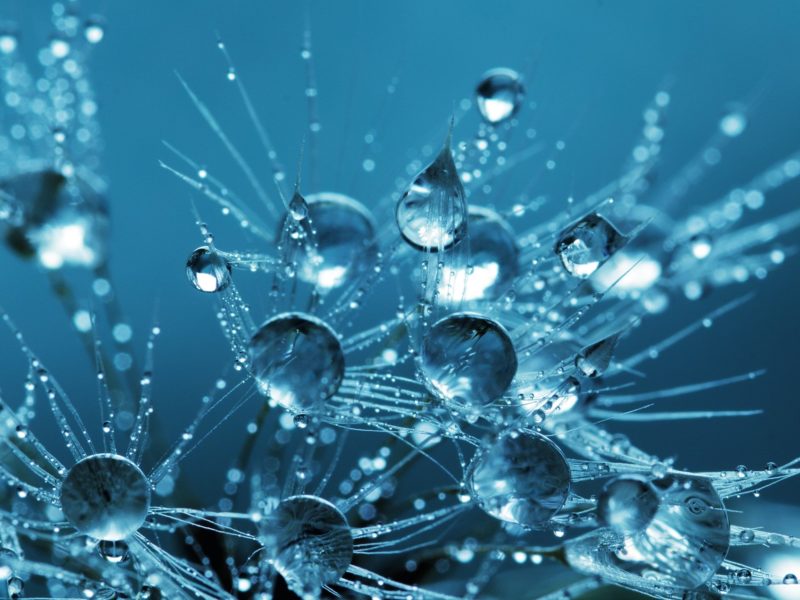It Was In The 1960s.
I recall my first experience with plastic because everything prior to that was packaged in paper, cardboard, metal or glass. Even frozen foods came in a thin cardboard, so plastic packaging was a novelty.
I was about 11 years old and vividly recall a commercial where a woman dropped her shampoo in the shower and surprisingly the bottle didn’t break. Prell shampoo was packaged in plastic and it was a big deal.
My sister and I were playing in the bathroom and to imitate the commercial we threw the shampoo bottle into the shower. To our surprise it completely shattered, and shampoo went everywhere. Plastic hadn’t been perfected yet. But by adding phthalates and BPA to plastic it became more durable.
That was then, but now plastic is everywhere. It’s raining plastic we are breathing plastic, it’s in our water and our food, and found even in the pristine Arctic snow.
Plastic Affects Brain Functioning.
For starters, BPA has been shown to damage brain cells and affect mood and memory. The lead author on research conducted at Mount Sinai School of Medicine in New York on the effects of developmental exposure to phthalates indicated they found a “striking pattern” of disruptive childhood behaviors such as problems with attention and aggressiveness.
Thomas Zoeller, PhD, professor of biology at the University of Massachusetts, Amherst remarked, “Science can’t keep up with the rapid kinds of chemical changes that industry can manufacture. It would be great if we could get out in front of it and identify dangerous chemicals before people are being exposed.”
Which chemicals are used in plastics manufacturing? There are many; things such as volatile organic compounds (VOCs), PCBs, phthalates and BPA – all of which have the ability to negatively affect our health and the environment.
Produce Plastic.
In March of 2019 Trader Joe’s began phasing out single-use plastics. They no longer offer single-use plastic carryout or produce bags. I’ve been using the same reusable mesh produce bags for over 8 years now. Think about it. If I use 20 or so bags per week for produce while grocery shopping over the past 5 years, there are 8,300 less plastic bags in the landfill. My reusable produce bags are washable and obviously durable. And I can justify the cost of purchasing them over time, as my produce stays fresher much longer because the bags are breathable. There are so many to choose from today and they are much less expensive today than they were 8 years ago.
Plastic Bottles.
Michigan lawmakers are proposing bottle deposits on all beverages. Returning bottles only makes sense. My father owned a party store in the 1960s and we had a back room exclusively devoted to returned bottles because at the time everything came in glass. It might seem inconvenient to return your bottles, but a little inconvenience can really help the health of our planet.
Storing Leftovers, Packing Lunches.
15 years ago, I purchased stainless steel storage containers in three different sizes to avoid using plastic for lunch foods and leftovers. I tried to find replacements for them because some of the hinges are now rusting. I found LunchBots (they have a variety of sizes and containers) and ECOlunchbox. At ECOlunchbox, note that some containers have silicone lids; however, they still have some great offerings.
Addressing Silicone.
Silicone cookware is fairly new which means there hasn’t been much research into its safety. This leads to experts claiming it’s safe to use and “likely” not toxic. That’s the word that sticks out for me – “likely.” For example, take the chemical replacement for BPA. BPS was also likely not toxic until the research later came in indicating it also messed with hormones. In addition, Mind Body Green points out that silicone “poses an environmental threat” as it can only be collected by specialized recycling companies.
The topic of safety regarding silicone cookware is controversial. So you may want to visit Healthline for information, as well as watch Dr. Birgit Geueke’s free 30-minute webinar through the Collaborative on Health and the Environment regarding “Silicones in Food Contact Materials” as some studies have shown that certain constituents of silicon leach into food when heated which can lead to ingestion and inhalation.
There’s Hope.
80% of biodegradable plastics, known as bioplastics, are made from food sources like corn and typically cost 40% more than regular plastic. However, a Mexican biochemical engineer by the name of Scott Munguia has come up with a solution: turning avocado pits into disposable cutlery and straws.
While we wait for more ingenious ways food waste can create the products we may need, many companies are already offering alternatives to plastic. One of my favorites is Life Without Plastic – earth friendly, ethically sourced, and nontoxic products. Because we can and must do better than this.
Detoxing Microplastics.
Activated charcoal has been shown to assist in detoxifying microplastics from the body. It works through adsorption – a process where elements bind to its pocketed surface. A word of caution – it may reduce the absorption of prescription drugs and supplementation. You can watch Dr. Axe’s video for more information.
Also available on The Collaborative on Health and the Environment’s website is a free four-part webinar series on the ways plastic affects our health.



 Hormone Disrupting Environmental Chemicals
Hormone Disrupting Environmental Chemicals